
Microdiscectomy in the Lumbar Spine
Microdiscectomy is an operation performed to treat sciatica (leg pain). It is used when conservative methods of management such as rest, physiotherapy, anti-inflammatory drugs, and blocks have failed to give adequate relief. Whether or not a patient is suitable for a microdiscectomy will depend upon the MRI scan or other investigations.
Causes
Symptoms
Treatment
Causes
The most common cause of a herniated disc is degeneration, which occurs as a result of aging. However, it can also be caused by trauma or injury to the back, improper lifting techniques, repetitive motions, and other underlying conditions such as spinal stenosis or spondylolisthesis.
Symptoms
The symptoms of a herniated disc in the lumbar spine can vary from mild to severe, and may include lower back pain, sciatica (pain that radiates down the leg), numbness or tingling in the leg, weakness in the leg, and difficulty standing or walking.
Treatment
Non-surgical treatments such as physical therapy, medication, and injections are usually the first line of treatment for a herniated disc. However, if these treatments do not provide relief, microdiscectomy may be recommended. During the procedure, a small portion of the damaged disc is removed, relieving pressure on the nerves and reducing pain and other symptoms.
Before surgery
It is important to be as fit as possible for any operation (within the limits of your symptoms), so taking careful regular exercise, best as directed by a trained physiotherapist, on a regular basis, will help your recovery. Keeping your weight down and eating a healthy diet is important. Take all your scans/x-rays with you to the hospital.
On the day of surgery, do not eat or drink anything from the time specified on your admission letter. Food in the stomach, during an anesthetic, is very dangerous and risks major complications such as pneumonia, if it is regurgitated. When you come into the hospital. Here you will be signed in and escorted to the ward. Your private room will be yours for the duration of your stay. You will have a busy time! The ward nurse looking after you will “admit” you, by asking a series of questions related to your health and medical problem. He/she will communicate any issues to the anesthetist. The physiotherapist will see you and advise you of the likely pattern of exercising you will be asked to do after the surgery and will answer any questions about mobility etc.
The anesthetist will see you, to explain the anesthetic and any risks involved in having this. You must let him know of any other medical issues, even if you do not feel they are relevant. You will be asked about previous anesthetics you may have had and any problems with them, such as sickness afterward, drug reactions, or blood pressure issues. You must let him know of any dental problems, crowns, or caps on your teeth, that otherwise could be damaged when the tube is put down to allow you to breathe during the anesthetic. You will be offered a pre-med (pre-operative medication) which will relax you if you are very nervous. This cannot be given until the consent form has been signed.
The surgeon, Dr. Akbar Khan, who saw you in the clinic, will then see you and you will be asked to sign a consent form for the operation. You must be totally happy that you are doing the right thing. Ask any questions you need so – there is no pressure to proceed with surgery just because you are there. If, for example, your symptoms have improved a lot since your clinic visit, ask if the surgery is still necessary, or if other options may be considered. If you wish to proceed and you understand all the risks involved, you should sign and date the form.
When your theatre slot becomes available (often several operations are performed on the same operating list by Dr Akbar Khan), the nurse and a theatre porter will take you down to the preoperative word where the theatres are located. You can travel on a trolley, in a chair, or simply walk down if you wish. Once in the theatre suite, you will again be checked in, your wrist band checked to confirm your identity and hospital number and you will be taken through to the anesthetic room. Here you will lie down on a trolley, whilst the anesthetist and operating department assistant, get you ready. A cannula is placed in the vein in one of your hands to administer the anesthetic.
The Operation
The operation is performed under anesthetic with the patient lying face down in the operating theatre. A small incision is made on the back, over the bad disc, which usually is only 2 – 3 cms in length and the spine is exposed by retracting the muscle slightly (only around 1.5 – 2 cms) and removing a small portion of the ligament (theligamentum flavum).Then the surgeon can see the trapped nerve root using a microscope to obtain better vision and illumination and, and remove the bulging disc tissue below it. This frees up the nerve and allows the surgeon to empty any more disc material out of the disc space needed.
Outcome of Surgery
The aim of the operation is not to completely remove the disc, but to remove the parts which are trapping the nerve and causing the pain. The emptying of the disc space is always only partial. There is, therefore, the risk of further disc material coming out of the space at a later date, but this is a rare complication. Other potential complications include infection, which can lead to long-term pain in the back if the disc itself is involved or nerve root damage which can lead to weakness or pain or both in the leg. If all the nerves in the spine at that level are affected (the Cauda Equina – horse’s tail) there could be loss of bladder, bowel, and sexual function as well as leg problems. These complications are rare and microdiscectomy remains a very good treatment for sciatica if other treatments have failed.
More Spinal Conditions

Spine Tumor Surgery in Karachi: Leading the Way with Prof. Dr. Akbar Ali Khan, Best Neurosurgeon in Pakistan

Advancing Spinal Health: Understanding Vertebrectomy with Prof. Dr. Akbar Ali Khan
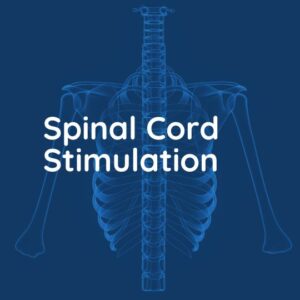
Spinal Cord Stimulation

Kyphoplasty and Vertebroplasty
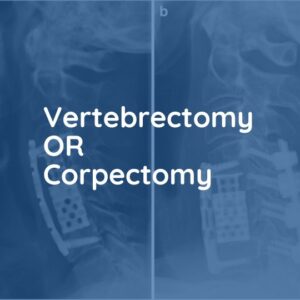
Vertebrectomy/Corpectomy

Foraminotomy
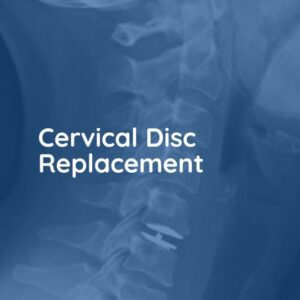
Cervical Disc Replacement

Anterior Cervical Discectomy and Fusion

Correction of Scoliosis

Thoracic Discectomy
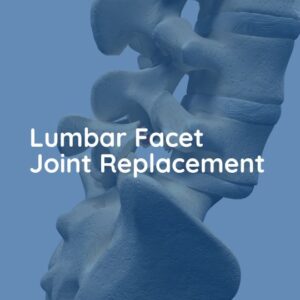
Lumbar Facet Joint Replacement
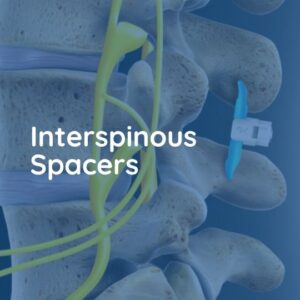
Interspinous Spacers

Endoscopic Lumbar Discectomy

Laminectomy
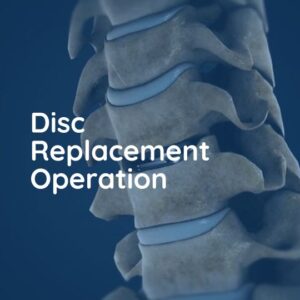
Disc Replacement Operation

Posterior Lumbar Fusion


